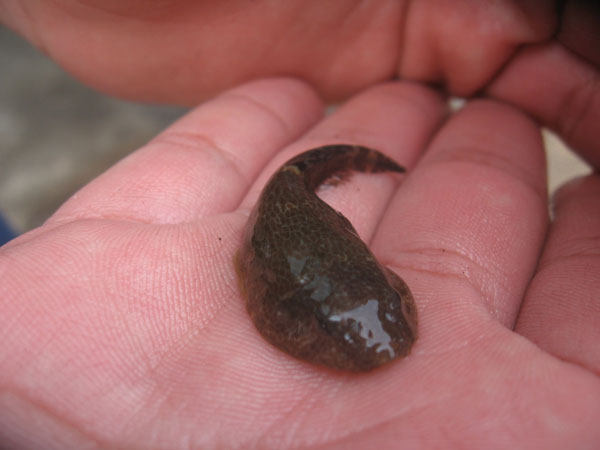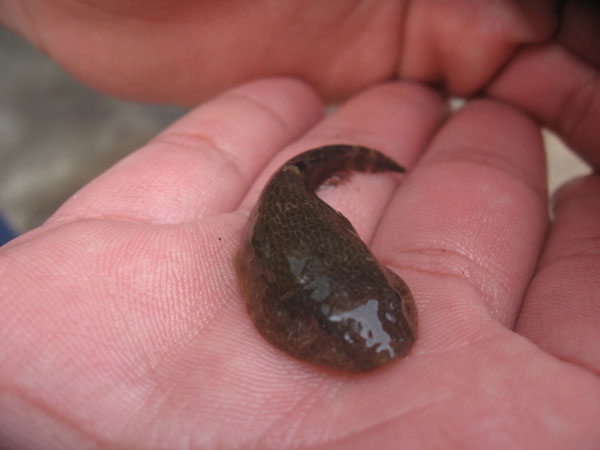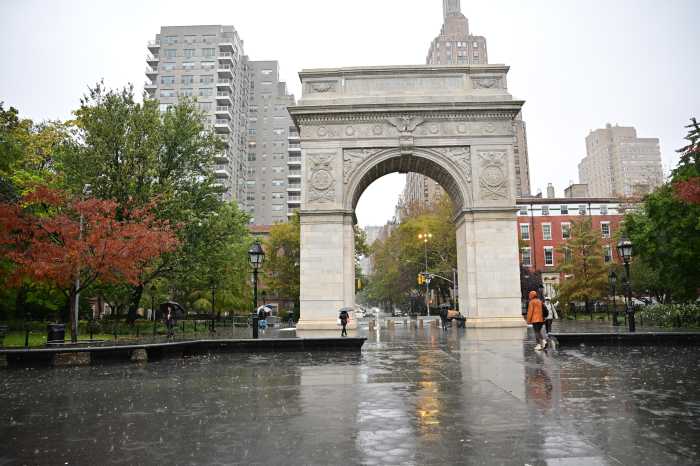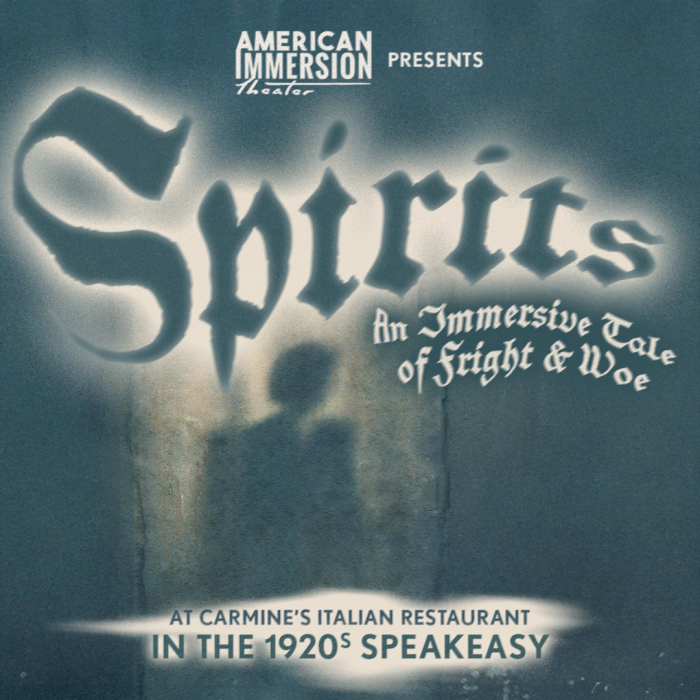 [/media-credit]
[/media-credit]
- Two skilletfishes, previously unknown in the Hudson River, have been found by researchers at The River Project.
BY TERESE LOEB KREUZER | In the shadow of Manhattan’s skyscrapers, a three-inch-long fish has been causing a stir. On April 13, 2011, a high school student cleaning oyster cages on the north side of Pier 40 at Houston Street opened a dead oyster shell and found what she thought was a fragment of the oyster inside. Alana Miller, now a freshman at Princeton, was then an intern at The River Project, a marine science field station dedicated to the protection and restoration of the Hudson River ecosystem.
“When we opened the oyster, we thought at first it was just a part of a dead oyster,” said Miller. “Then it started swimming around and we realized it was actually a fish.”
“I knew it was a new fish,” said Nina Zain, head of interns for The River Project, who was working with Miller that day. “I knew I had never seen it before. We took a lot of pictures and sent them to Tom Lake at the D.E.C. [Department of Environmental Conservation] and he conclusively said that it’s a skilletfish. He was very excited.”
The diminutive fish became the fiftieth species that The River Project had collected in the Hudson River since the organization was founded in 1986 and was the first new fish to be caught in the Hudson since Aug. 1, 2010, when a 40-inch-long black drum turned up on the shore at Piermont, a village in Rockland County, N.Y.
Skilletfish normally live in waters between Florida and the Chesapeake Bay in Maryland, said Zain.
On Sept. 7, a second skilletfish was caught in a killie trap on the ship Lilac, which is berthed on the north side of Pier 25, just north of Chambers Street.
“Skilletfish use oysters and oyster reefs to nest in and they live there most of the year,” said Zain. She said that some of the experts at the D.E.C. believe that the skilletfish has come to the Hudson because so many organizations are currently working to reseed the oyster beds that once made New York City famous for its large, succulent oysters. Over-harvesting decimated the population and water pollution made those that did remain too poisonous to eat. In 1927, New York City’s oyster beds were closed down.
Skilletfish can camouflage themselves. Sometimes they’re mottled green and brown, but Zain observed that, “When we’ve had the fish in a tank with oysters on the bottom, it has bleached out to almost white with very pale brown and green so it can change its color to match its environment.”
The researchers at The River Project are hoping that some more skilletfish will be found, confirming that they really are making a comeback in New York City waters. Zain thinks it’s possible that they were once here but disappeared when the oyster beds were no longer viable, but that because of their small size and coloration, no one noticed them.
The River Project is trying to make fish more visible to researchers and to the interested public with an installation called a “Fish Attraction Device” (F.A.D.) that shines light on the surface of the water from 9 p.m. to midnight. In July, The River Project installed one in the pilings of Pier 42 near the seawall.
The solar-powered device recharges during the day. The nighttime beams attract plankton, which in turn attract small fish that feed on the plankton, and, in theory, larger fish that eat the small fish. But, said Kathryn Eddins, educator and part-time office manager with The River Project, “It hasn’t happened yet. We haven’t seen it yet because of incredibly high turbidity and incredibly high water levels this summer. People are saying they haven’t seen turbidity or water levels this high for a very long time. The high turbidity was due in part to Hurricane Irene.”
The F.A.D. will stay in place through the winter, though Eddins said that summer is a better time to observe Hudson River fish. Many species migrate in the winter to deeper waters.






































